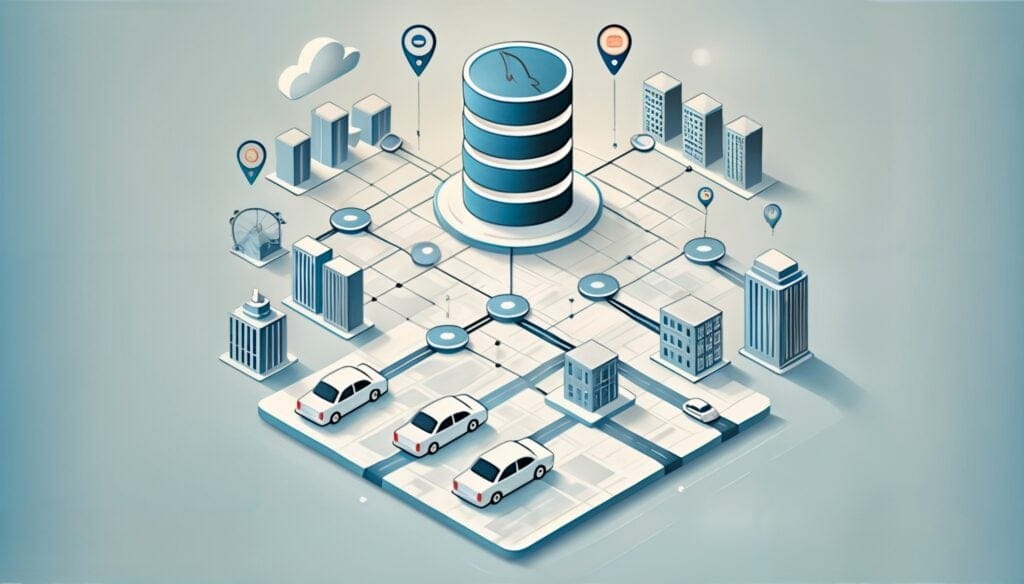How Uber’s dynamic pricing model works

We’ve put together a quick and easy guide to how our dynamic pricing works so you know why it changes, what you can expect and where you can find an Uber cost estimate.

Booking the ride
When you go to request a ride on a Saturday night, you might find that the fare is different than the cost of the same trip a few days earlier. That’s because of our dynamic pricing model, which matches fares to a number of variables such as time and distance of your route, traffic and the current rider-to-driver demand. Sometimes, this means temporary surge charges during particularly busy periods.
The response
Surge prices help to deal with the increased demand and encourage more of drivers to get on the road. Drivers will be notified when fares rise, and so will you. If you decide to go ahead and request your ride, you’ll get an alert on the app to make sure you know that prices have increased.

Price normalization
Once more drivers get on the road and ride requests are taken, the demand will become more manageable and fares should revert back to normal. If you’re a regular Uber rider, you’re probably already aware of the busier periods when surge pricing is more likely:
- Friday and Saturday nights
- After-work rush hour
- Big events and festivals
Dynamic pricing helps us to make sure there are always enough drivers to handle all our ride requests, so you can get a ride quickly and easily – whether you and your friends take the trip or sit out the surge is up to you.
Posted by Uber
Get a ride when you need one
Start earning in your city
Get a ride when you need one
Start earning in your city
Related articles
Most popular

MySQL At Uber

Adopting Arm at Scale: Bootstrapping Infrastructure

Adopting Arm at Scale: Transitioning to a Multi-Architecture Environment





